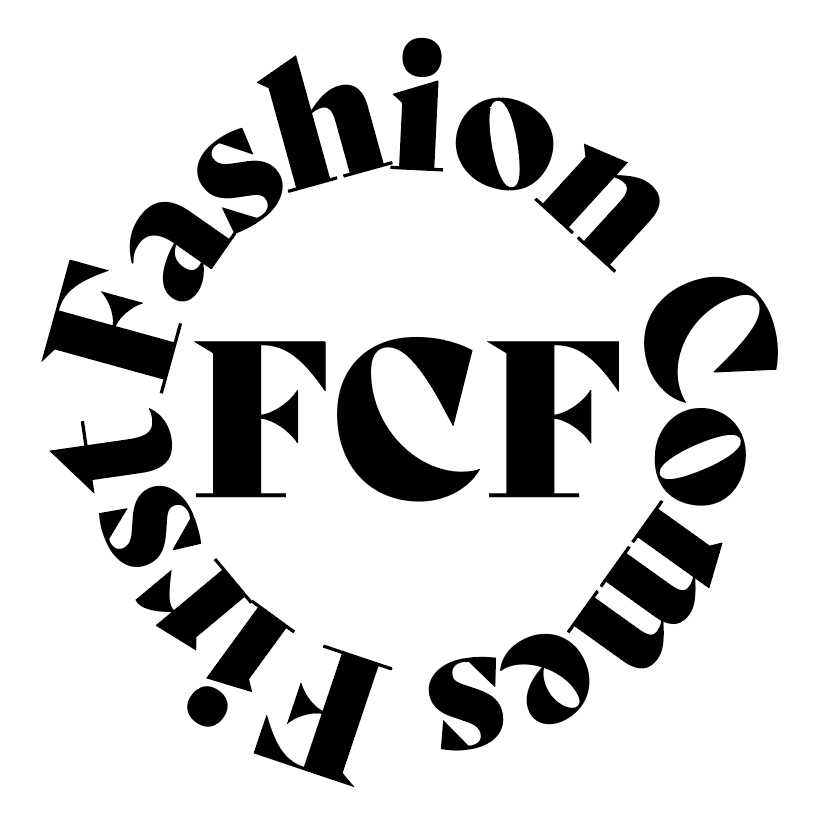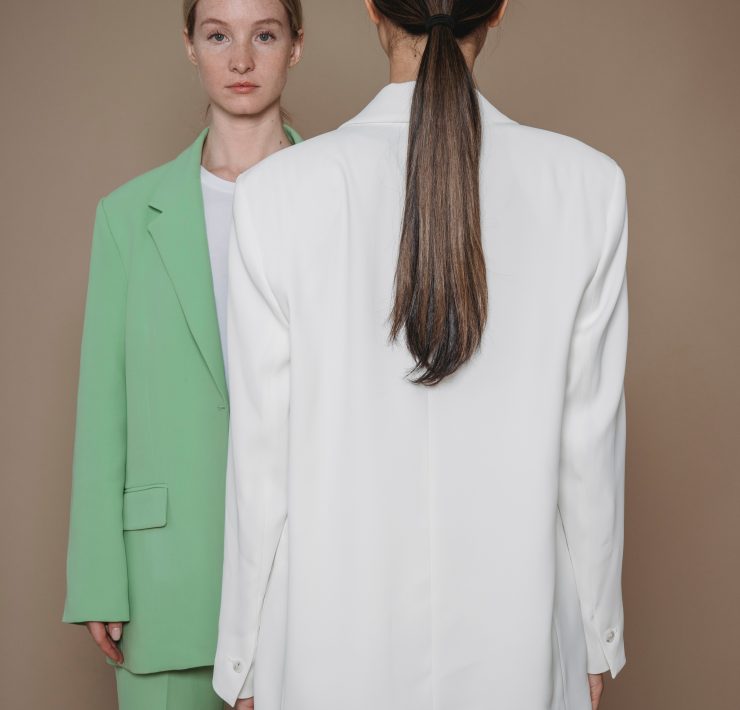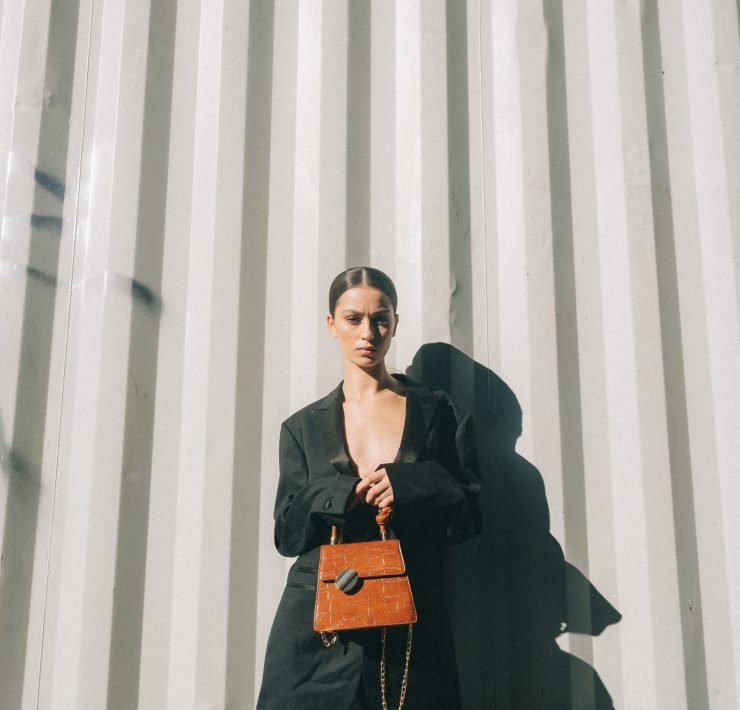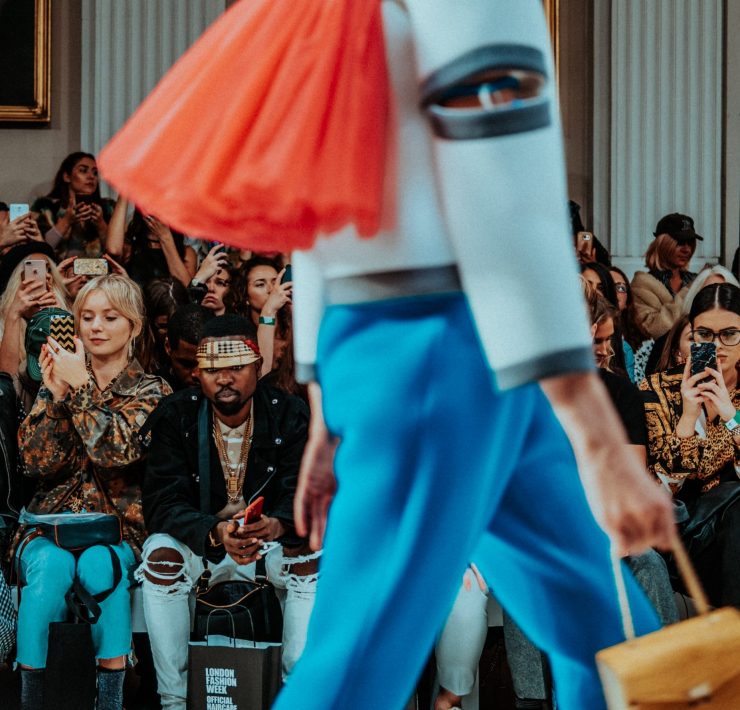These days it seems as we’re all doing our bit to save the planet. Whether you’ve just completed Veganuary or upped your recycling game, there are so many small and easy ways that you can contribute to reducing environmental damage.
But what can we do in the world of fashion to help?
It’s no secret that fashion is incredibly harmful to the planet. In the past few months, there has been a significant backlash against brands such as Pretty Little Thing and Boohoo with their ethics being questioned. Some called for a boycotting of these brands, creating a surge of people looking to shop small and find more sustainable options.
With sustainable fashion being on the rise, many brands are searching for ways to incorporate planet-saving practices, one of which is vegan fabric alternatives. Vegan leather is appearing in more and more wardrobes.
Is it actually as good for the planet as we think?

Vegan leather alternatives are typically made of one of two plastic polymers; polyvinyl chloride or polyurethane, better known to most as PVC or PU. Both of these fabrics have been developed to reproduce the visual and textual qualities of genuine leather. It can look so convincingly like the real thing that some designers have switched out natural leather entirely. Sandra Sandor, creative director of Nanushka, believes that using high-quality vegan leather allows the brand to continue to provide high quality and yet be environmentally conscious all at the same time. However, some brands prefer to use a mix, recognizing that though vegan leather may look like the real thing, it certainly does not match it in terms of durability.
Here we stumble into a drawback of faux leather. It doesn’t last as long. Which ultimately means that you’ll end up having to repurchase your beloved ‘leather’ item multiple times. This compromises part of the sustainability that vegan leather promises.
There is also no hiding away from the fact that many vegan types of leather are made up of PVC and PU, which are plastic-based materials. Like many other types of plastic, this is likely to end up in water or landfill and take years to properly degrade and could release toxic chemicals as it does so.
So when brands make the transition to vegan leather and claim sustainability, are we simply seeing cases of Greenwashing – seemingly good deeds done purely for marketing purposes but actually do very little good for the environment (if not contribute further to its damage)? The answer to this probably lies in where you choose to shop.
It cannot be ignored that vegan leather benefits come at a cost which, for high-end brands and those who buy from them, isn’t a problem. However, for most of us, we are confined to more affordable alternatives. Therefore, that means that leather alternatives come in the form of these cheaper to produce and buy harmful plastics. Any claims from cheaper fast fashion brands at leather alternatives do not come hand in hand with a guarantee of sustainability (nor do claims at ‘recycled’ collections). Make sure you do your research on the materials being used if you want to make sure you’re making planet friend fashion choices.
Ultimately vegan leather alternatives are not foolproof just yet. There’s still a long way to go before the fabric is both friendly for animals, the planet, and our bank balance. But the significant push towards creating such alternatives by a vast range of brands and the welcome reception it receives from consumers, both vegan and otherwise marks how the industry is shifting towards being more sustainable. It reflects a broader awareness of the need to care for our planet and its inhabitants. Hopefully, it won’t be long before a truly eco-friendly leather alternative exists, whether it is through making nontoxic options more accessible or more scientific research into man-made materials that can easily be broken down and not contribute to the massive amount of landfill waste on our planet’s surface.
For now, the most sustainable way to get leather goods is to shop vintage or second-hand. This will mean you get a piece that is designed and made to last so it won’t need replacing in only a few months, the garment won’t be thrown away and sent to a landfill site, and the huge amount of pollution that is released in the clothing making process will be reduced (if enough people choose to shop sustainably). So keep an eye out on your next thrifting trip for that perfect leather jacket and know you’re helping the planet and looking fantastic at the same time.













